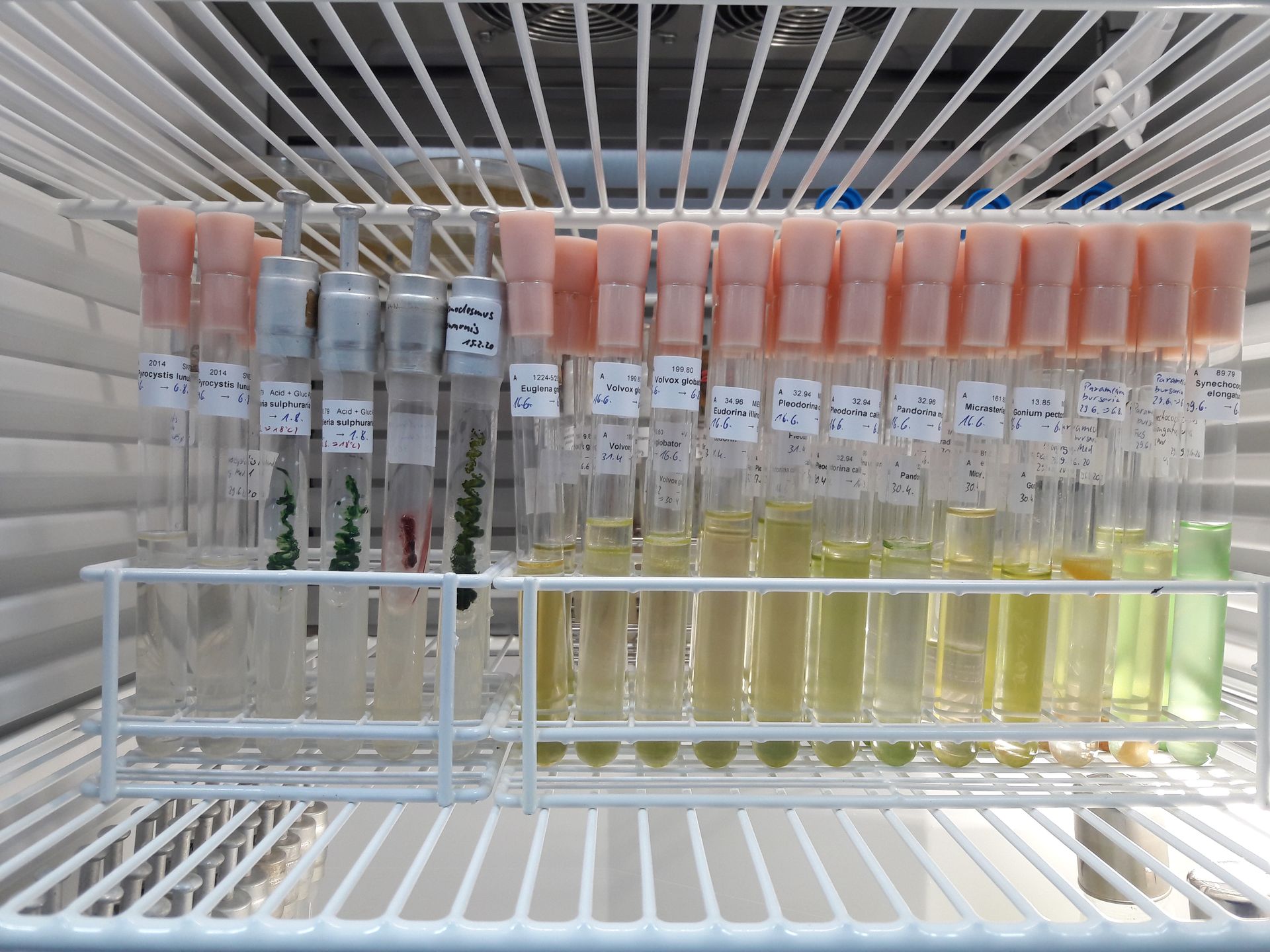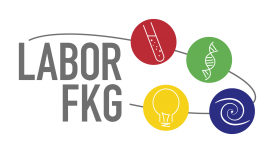Bakterien können gentechnisch so verändert werden, dass sie bestimmte Proteine herstellen. In der Pharmazeutischen Industrie wird so zum Beispiel humanes Insulin gewonnen.
Im Schülerlabor werden durch transgene Escherichia coli-Bakterien fluoreszierende Proteine synthetisiert. Ursprünglich stammt das Gen für das grün fluoreszierende Protein (GFP, green fluorescent protein) aus der Qualle Aequorea victoria. Dieses Protein kann mit ultraviolettem Licht zur grüner Fluoreszenz angeregt werden. Das GFP wurde 1962 vom japanischen Biochemiker Osamu Shimomura erstmals beschreiben. In der modernen Forschung ist das GFP und die von ihm ausgehenden Varianten ein wichtiges Werkzeug zur Untersuchung der räumlichen und zeitlichen Verteilung von Proteinen in einer Zelle. Dazu wird das GFP-Gen mit dem zu untersuchenden Protein-Gen gekoppelt. Wir nun dieses Gen exprimiert, wird auch das GFP mit synthetisiert. Durch Bestrahlung mit UV-Licht fängt nun das GFP an zu leuchten und so können dann Ort und Zeit des Auftretens des zu untersuchenden Proteins bestimmt werden.
In der Zwischenzeit gibt es zahlreiche, in allen Farben fluoreszierende Proteine. Im Schülerlabor stellen wir Bakterien her, die entweder ein grün (GFP) oder ein rot (RFP) fluoreszierendes Protein herstellen.
Nachdem die transgenen Bakterien über Nacht inkubiert wurden, haben sie das Protein hergestellt. Dieses wird anschließend aus den Bakterien extrahiert, wozu die Bakterien „geknackt“ werden. In Ermangelung anderer Alternativen geschah der Zellaufschluss im Schülerlabor bisher mittels enzymatischen Verdaus mit Lysozym. Dieses Verfahren war sehr langwierig und nicht sehr erfolgreich. Nun konnte ein Ultraschall-Desintegrator für den mechanischen Zellaufschluss mit Ultraschall angeschafft und das neue Verfahren im Schülerlabor implementiert werden.
Der Ultraschall-Desintegrator überträgt mit einer Sonotrodenspitze energiereiche Ultraschallwellen in die Bakteriensuspension. Durch die dadurch entstehenden Kavitationskräfte (Kavitation: Entstehung und Auflösen von Gasbläschen) stoßen die Bakterienzellen heftig aneinander und zerscheren so. Dadurch wird der Zellinhalt inklusive der Proteine freigesetzt. Die Proteine können nun entsprechend aufgereinigt und rein gewonnen werden.
Die Etablierung dieses Verfahren erfolgte durch die ehemaligen FKG-Schüler Jannik Kania und Julius Klamt, die an der Universität Würzburg Chemie und Biologie studieren.






